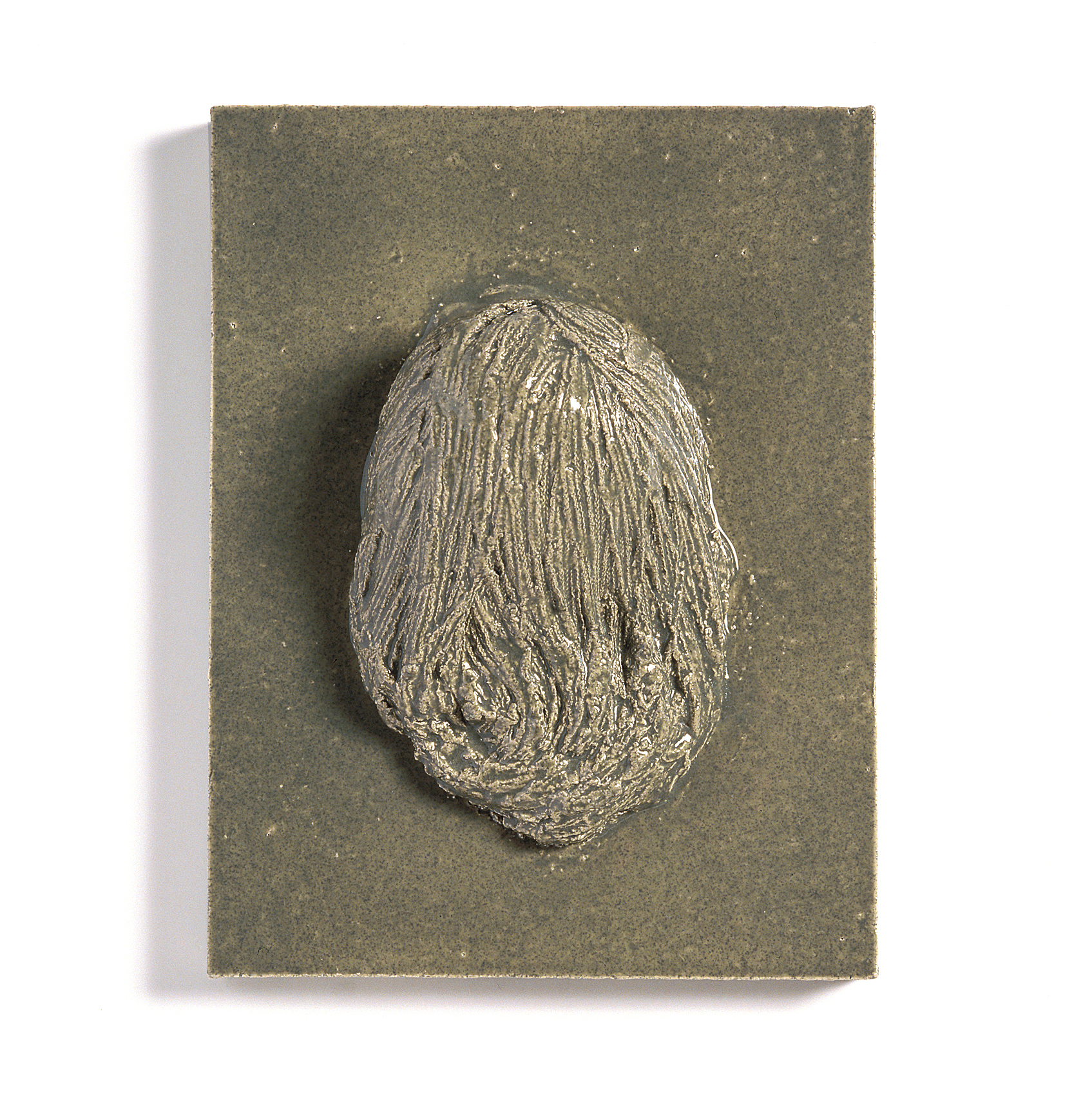Mai-Thu Perret deploys her artistic work within the fluctuating fictional limits of a narrative (The Crystal Frontier) that features a group of women who have escaped from capitalist society and gone to live in New Mexico, to found a utopian community called “New Ponderosa”.
Written by the artist, the various texts making up the story of this self-sufficient community serve as the starting point for sculptures, weavings, ceramics, embroideries, installations and other objects that are supposedly from the collective creative studio of these women. Produced artisanally, these different creations are tokens of a resistance to the idea of consumption and industrialisation.
Perret’s art is grounded in the history of modernism and summons the memory of art utopias and the emancipation of women. Textual and visual quotations – Constructivism, Bauhaus, Minimalism – feed into her performances, videos, sculptures and installations, and reveal a practice that makes the association of ideas a decisive creative factor.
By taking over a repertory of existing works of art and inventing a narrative structure that fills as a protocol for her output, Mai-Thu Perret has become the interpreter of a history of forms and updates a network of interconnected aesthetic references.
In recent years the artist has ventured outside the well-travelled paths of her artistic fiction and created installations that draw on other textual or visual sources whilst continuing along the same conceptual lines.
Written by the artist, the various texts making up the story of this self-sufficient community serve as the starting point for sculptures, weavings, ceramics, embroideries, installations and other objects that are supposedly from the collective creative studio of these women. Produced artisanally, these different creations are tokens of a resistance to the idea of consumption and industrialisation.
Perret’s art is grounded in the history of modernism and summons the memory of art utopias and the emancipation of women. Textual and visual quotations – Constructivism, Bauhaus, Minimalism – feed into her performances, videos, sculptures and installations, and reveal a practice that makes the association of ideas a decisive creative factor.
By taking over a repertory of existing works of art and inventing a narrative structure that fills as a protocol for her output, Mai-Thu Perret has become the interpreter of a history of forms and updates a network of interconnected aesthetic references.
In recent years the artist has ventured outside the well-travelled paths of her artistic fiction and created installations that draw on other textual or visual sources whilst continuing along the same conceptual lines.



